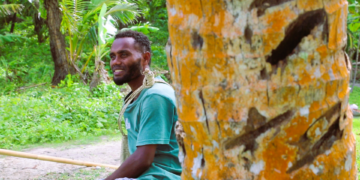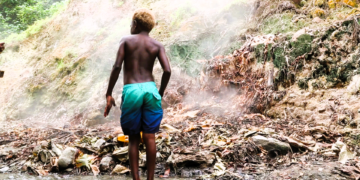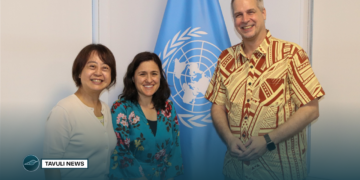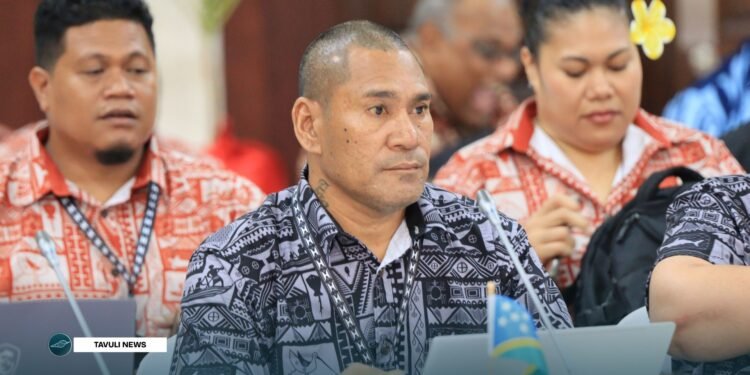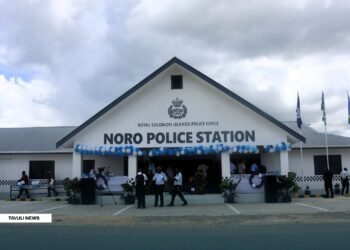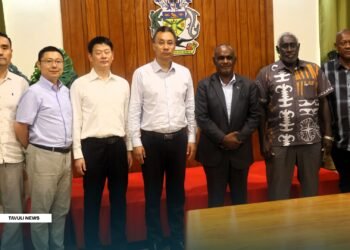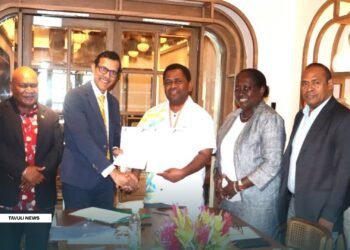Minister Paia proposes renaming PResCoM to OHEART to improve regional disaster coordination in the Pacific
Minister for Environment, Climate Change, Disaster, and Meteorology Polycarp Paia has called for a change to the name of the Pacific Humanitarian Response Coordination Mechanism (PResCoM), proposing it be renamed the Oceania Humanitarian Emergency Assistance and Response Tool (OHEART) during the opening session of the 2nd Pacific Islands Ministerial Meeting on Disaster Risk Management in Koror, Palau.

The Pacific Humanitarian Response Coordination Mechanism is a regional effort aimed at improving how Pacific Island states coordinate their humanitarian and disaster response efforts. It serves as a virtual coordination platform for Pacific countries to manage disaster risks and provide relief, especially humanitarian assistance, during emergencies.
The mechanism is only activated when support is needed to assist humanitarian agencies.
Minister Paia said the current acronym, PResCoM, can be confusing.
“The acronym PResCoM is confusing because it sounds like ‘Press Conference.’ We propose a new name, OHEART, which stands for Oceania Humanitarian Emergency Assistance and Response Tool,” Minister Paia said.
He also conveyed appreciation for the work that the Pacific Community (SPC) is leading on the Pacific Humanitarian Warehouse Program, and acknowledged the Government of Australia for funding the initiative.

Photo Credit : Charley Piringi/In-depth Solomons
While the call for change is being considered, the current Director of the Geoscience, Energy and Maritime (GEM) Division at the Pacific Community (SPC), Rhonda Robinson, is reviewing the proposal before any final decision is made.
“We have an established governance mechanism for the PResCoM. The plan is to take the suggestions that came from that conversation, which included a few things to do with the mechanics of PResCoM, perhaps, and the name back through that process that allows the Technical Working Group and the members to consult, make decisions, and hold dialogue around it,” she said.
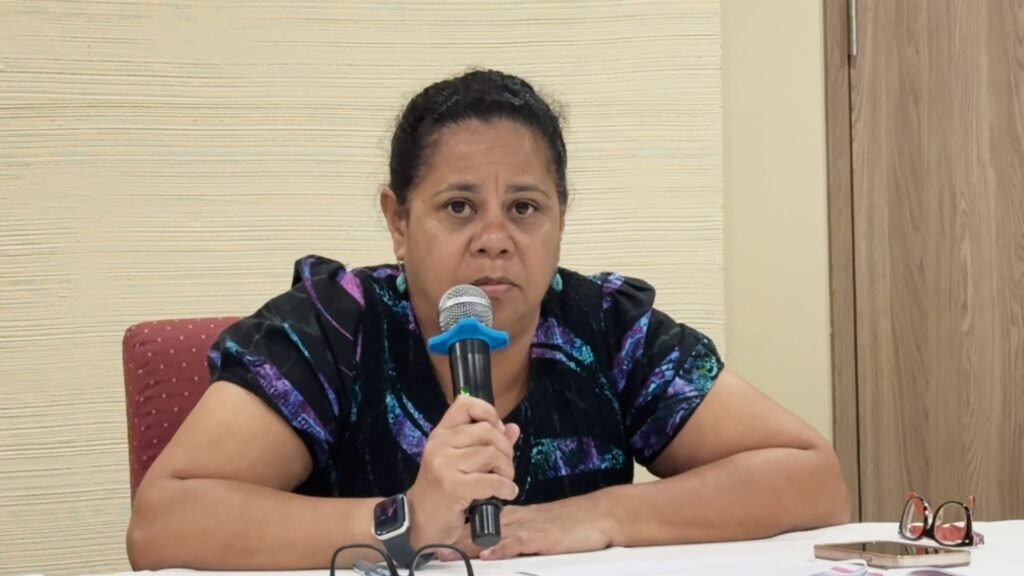
Director Robinson believes that, in all of this, it is always about ensuring national ownership of any initiative.
“I think, in all of it, it is always about having that specific national ownership of whatever the initiative might be. So the fact that the Solomon Islands Minister has put some effort and authority into renaming PResCoM into something that resonates a little bit more is really welcome, and that’s what we’re hoping to achieve,” she said.
In his statement, Minister Paia added: “Since 2019, we have been building our own National Emergency Response Team (NERT). This new regional policy will help our team work smoothly with helpers from other countries, such as Fiji, because everyone will use the same rules and understand their roles.”
Paia highlighted that the policy focuses on training people, ensuring systems from different countries can work together, and helping nations learn from each other. The goal is to build stronger national response teams using common standards.
He further added that this new system will not replace existing bilateral agreements between countries. Instead, it will help coordinate assistance more effectively to avoid confusion, while each country remains in charge of its own decisions.
When asked about the acronym, Director of the National Disaster Management Office, Jonathan Tafiariki, said that for people unfamiliar with it, the term might easily be mistaken for a media press conference.
“The sentiment was also shared among other partners and leaders, but there is a process in place to go through for that to be changed,” he said.

While the proposal remains under consideration, Director Rhonda Robinson affirmed that there will be a meeting focusing on the Pacific Humanitarian Response Coordination Mechanism.
“The next meeting of the working group will be a briefing for the forum mechanism, what they call the Forum Subcommittee on Regional Security. As a result of this ministerial, we’re going to update the FSRS on the outcomes, and then there will be a plan to convene those other groups that need to look at the feedback we’ve received,” she said.

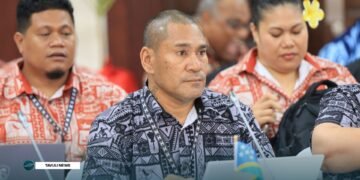
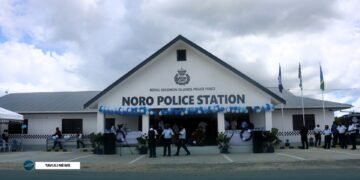
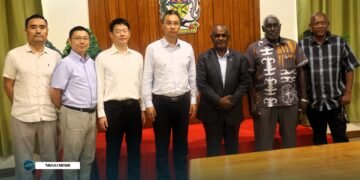
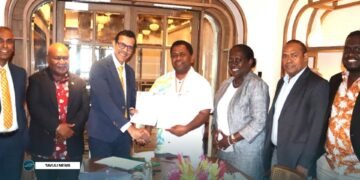

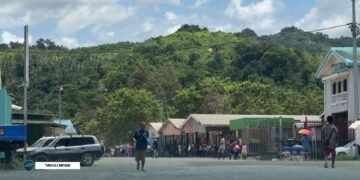

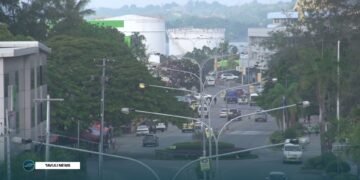





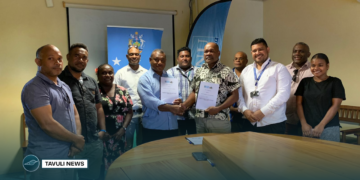


















![Chovohio [left] and Charivunga [right] confluence, to create a dam for sediment control](https://www.tavulinews.com.sb/wp-content/uploads/2025/04/Add-a-heading-43-360x180.png)



















